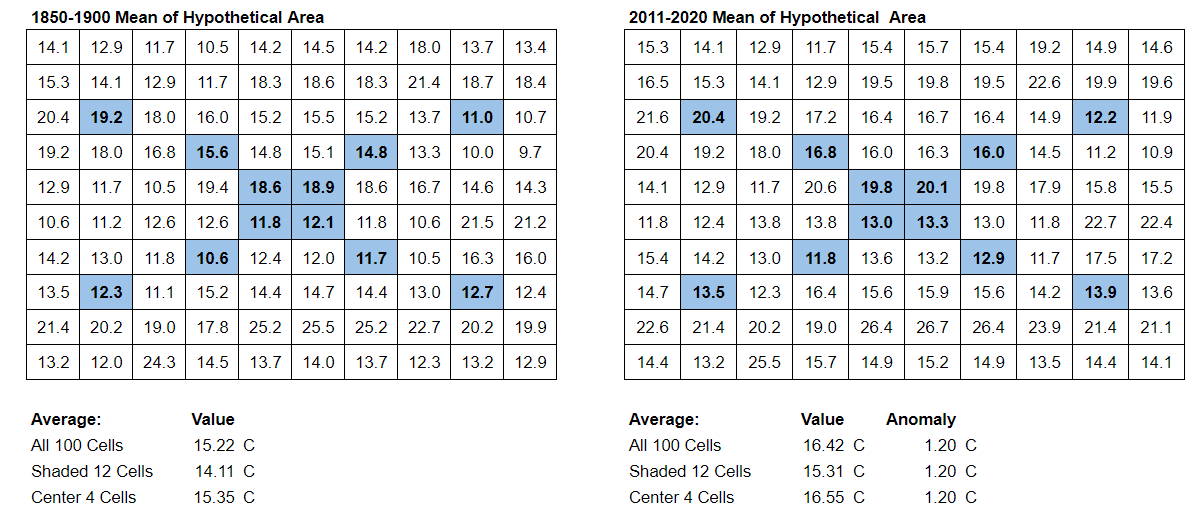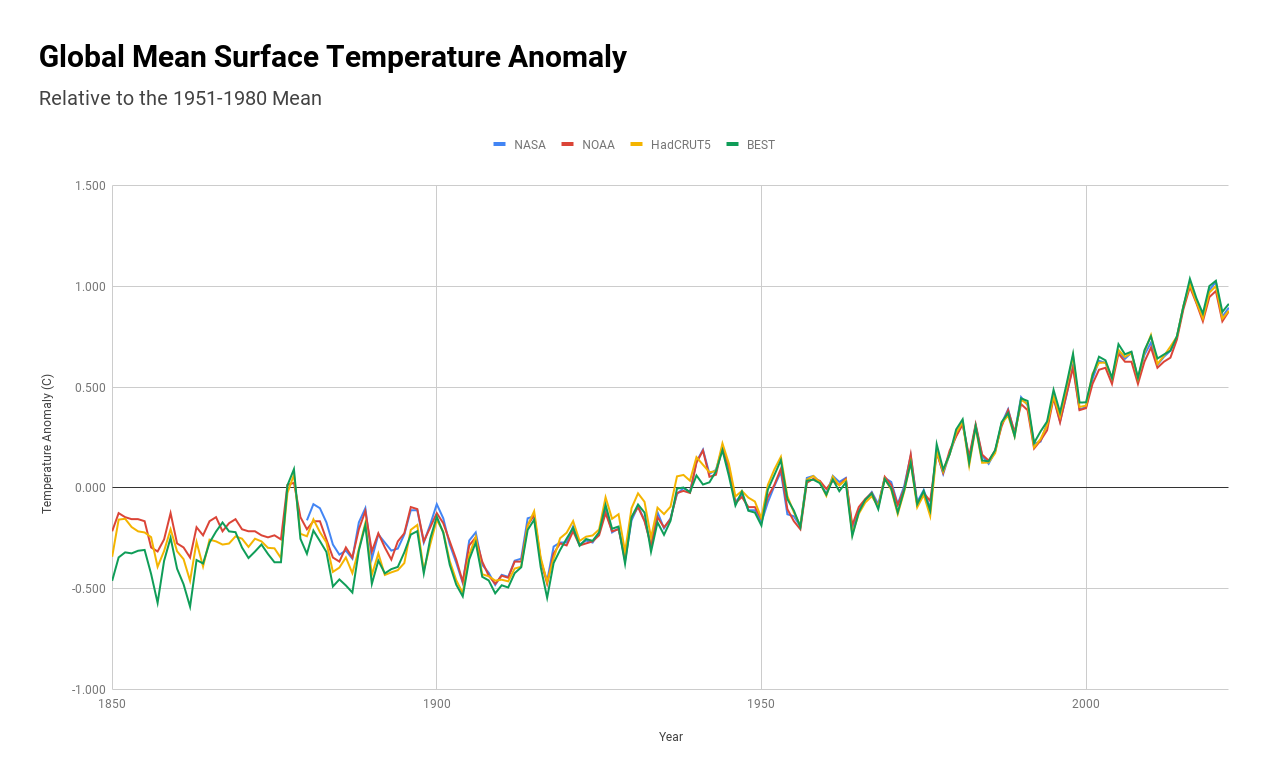Initial Response to "A Critical Review of Impacts of Greenhouse Gas Emissions on the U.S. Climate"

NCA5 Analysis of Historical and Future CONUS Warming (I'd like to show you the Climate Working Group version but there isn't one) In his 1974 commencement address delivered at Caltech, Richard Feynman warned against scientists "fooling themselves" by doing what superficially looks scientific, but lacks rigorous and critical analysis. In the South Seas there is a Cargo Cult of people. During the war they saw airplanes land with lots of good materials, and they want the same thing to happen now. So they’ve arranged to make things like runways, to put fires along the sides of the runways, to make a wooden hut for a man to sit in, with two wooden pieces on his head like headphones and bars of bamboo sticking out like antennas—he’s the controller—and they wait for the airplanes to land. They’re doing everything right. The form is perfect. It looks exactly the way it looked before. But it doesn’t work. No airplanes land. So I call these things Cargo Cult Science, ...

.png)